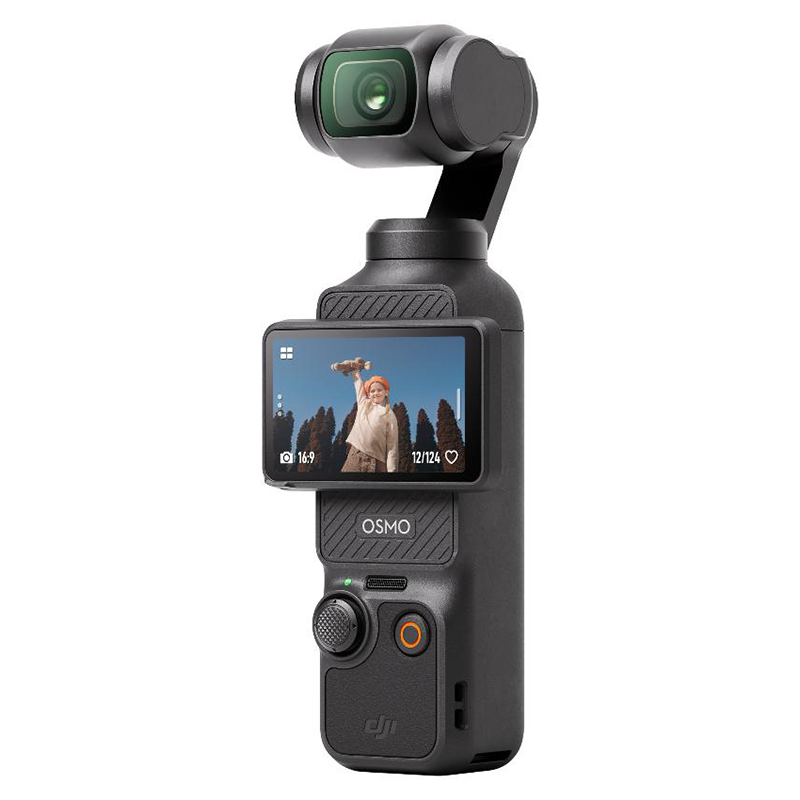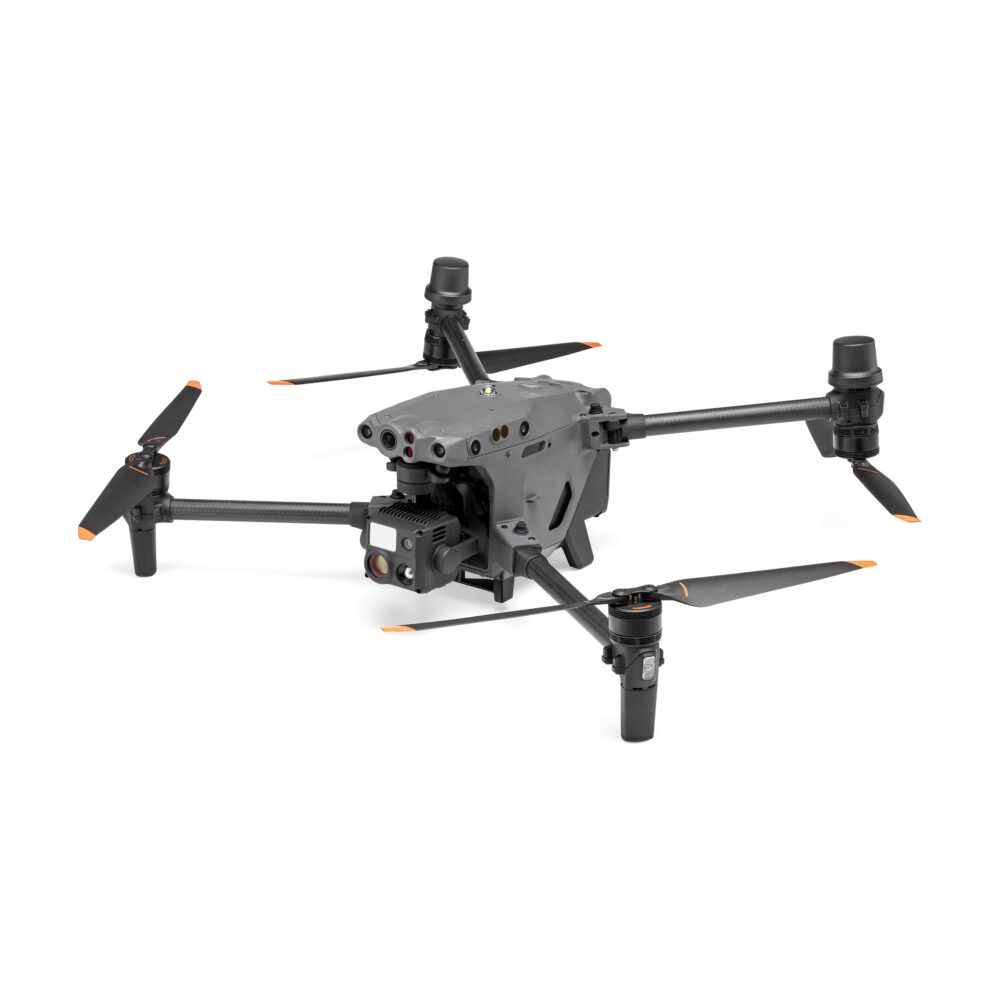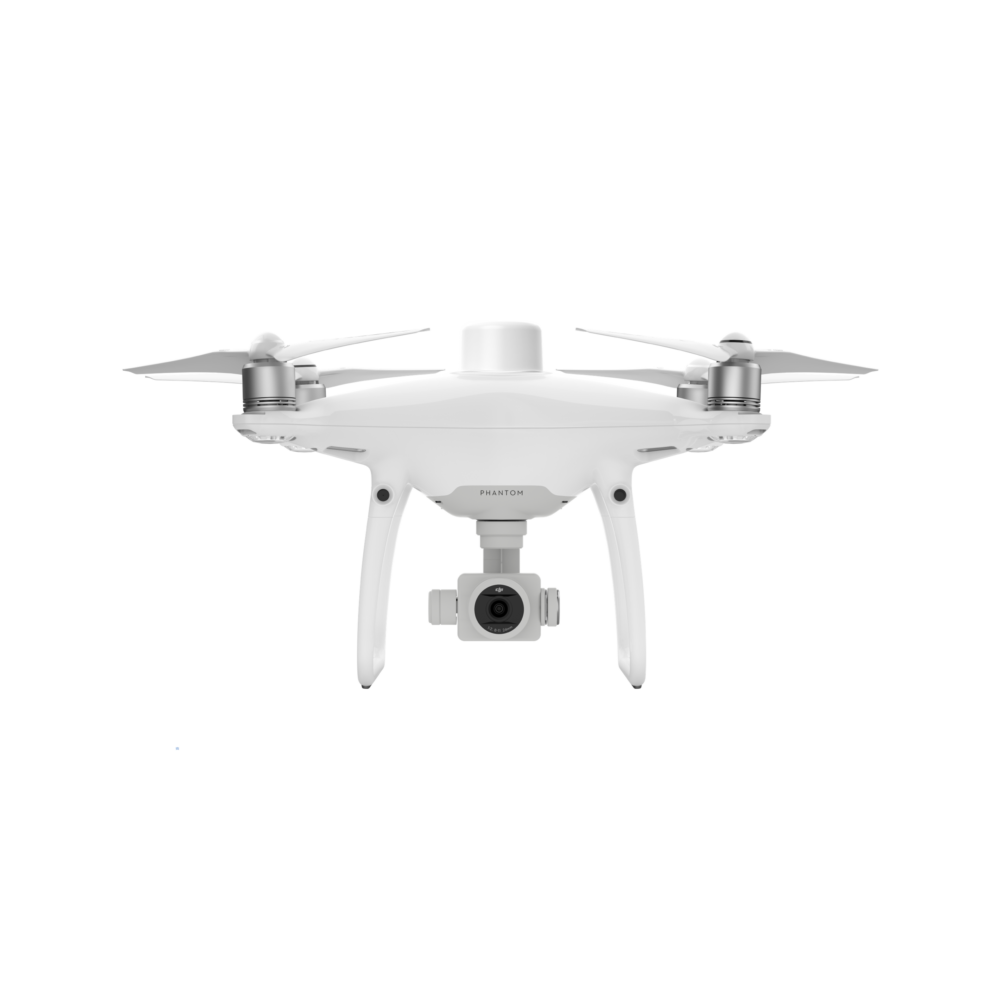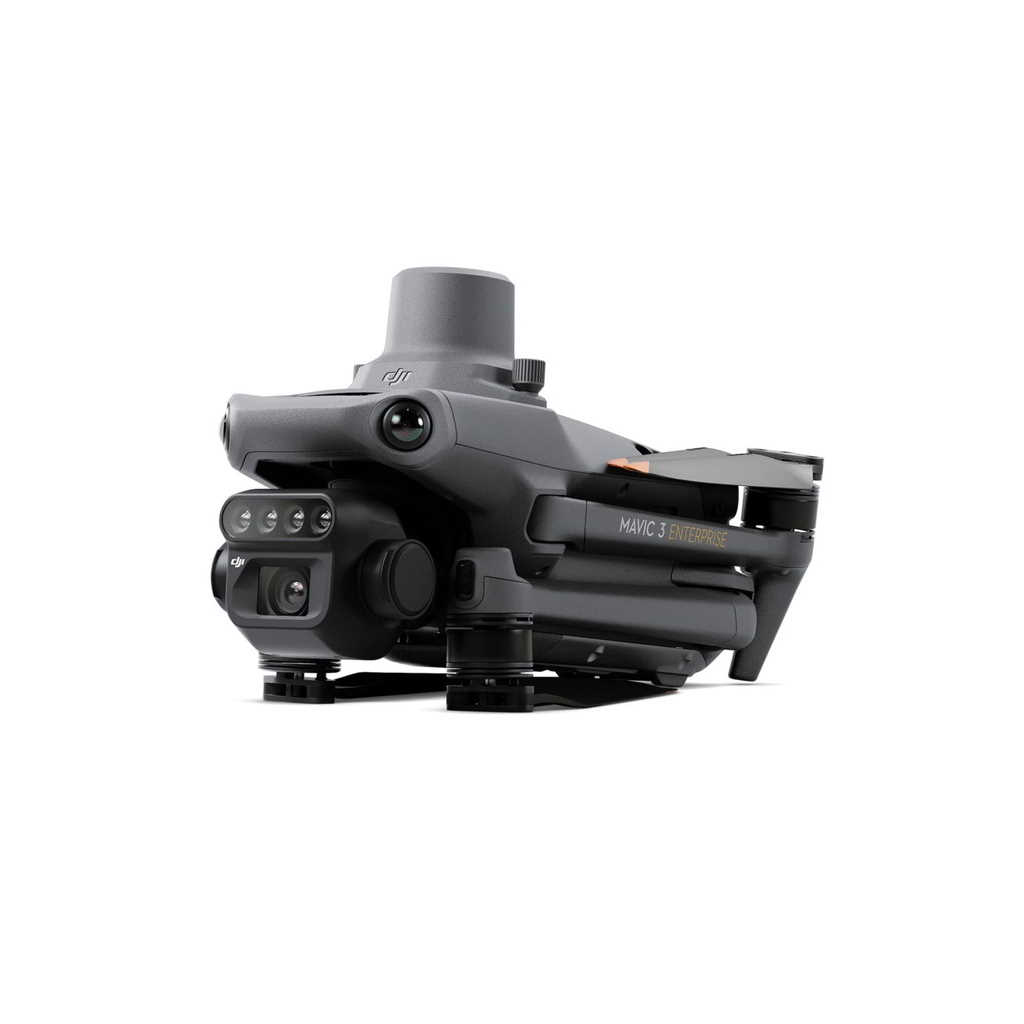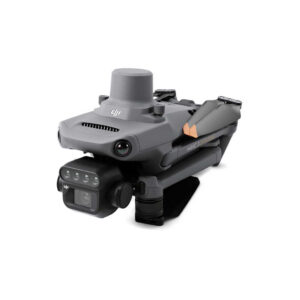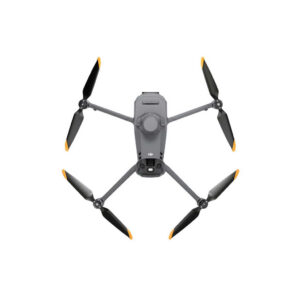DJI MAVIC 3 MULTISPECTRAL
See More, Work Smarter
Effective aerial surveying needs to see the invisible. That’s why Mavic 3 Multispectral has two forms of sight. It combines an RGB camera with a multispectral camera to scan and analyze crop growth with total clarity. Agricultural production management requires precision and data, and Mavic 3M delivers both.

Effective aerial surveying needs to see the invisible. That's why Mavic 3 Multispectral has two forms of sight. It combines an RGB camera with a multispectral camera to scan and analyze crop growth with total clarity. Agricultural production management requires precision and data, and Mavic 3M delivers both.

Effective aerial surveying needs to see the invisible. That’s why Mavic 3 Multispectral has two forms of sight. It combines an RGB camera with a multispectral camera to scan and analyze crop growth with total clarity. Agricultural production management requires precision and data, and Mavic 3M delivers both.
Compact and portable
Foldable for easy storage
Safe and stable
Omnidirectional Obstacle Avoidance [1]
Max 15km Transmission Distance [2]
Multispectral Camera
4 × 5MP
G/R/RE/NIR
Compact and portable
Centimeter-level RTK positioning
Microsecond-level time synchronization
RGB camera
20 MP
4/3 CMOS, mechanical shutter
Efficient aerial surveying
Up to 200 hectares per flight [3]

Highly integrated imaging system
The Mavic 3M Hybrid Camera is equipped with an integrated image processing system. It includes multispectral and RGB processing. Newly upgraded imaging system with one 20MP RGB camera and four 5MP multispectral cameras (green, red, red edge, and near infrared). Enables applications such as high-precision aerial surveying, crop growth monitoring, and natural resource surveys.

Highly integrated imaging system
The Mavic 3M Hybrid Camera is equipped with an integrated image processing system. It includes multispectral and RGB processing. Newly upgraded imaging system with one 20MP RGB camera and four 5MP multispectral cameras (green, red, red edge, and near infrared). Enables applications such as high-precision aerial surveying, crop growth monitoring, and natural resource surveys.

5 MP Multispectral Camera
Near-infrared (NIR) 860 nm ± 26 nm
Red edge (RE) 730 nm ± 16 nm
Red (R) 650 nm ± 16 nm
Green (G) 560 nm ± 16 nm

RGB camera characteristics
4/3 CMOS, 20MP image sensor
Fastest mechanical shutter speed 1/2000s
High-speed burst when RGB camera is used 0.7s
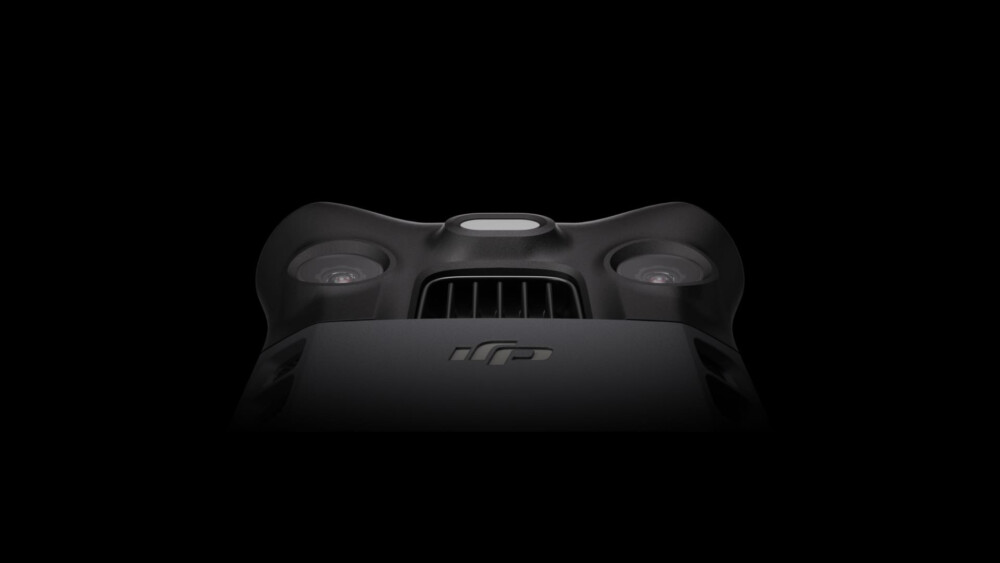
Sunlight Sensor
The built-in sunlight sensor captures solar irradiance and records it in an image file, allowing for light compensation of image data during 2D reconstruction. This results in more accurate NDVI results, as well as improved accuracy and consistency of data acquired over time.
RTK MODULE ACCURATE IMAGES THAT CAPTURE EVERY PIXEL
Mavic 3M with RTK module for centimeter-level positioning. Flight control, the camera, and the RTK module sync in microseconds to accurately capture the location of each camera's imaging center. This enables Mavic 3M to do high-precision aerial surveying without using ground control points.
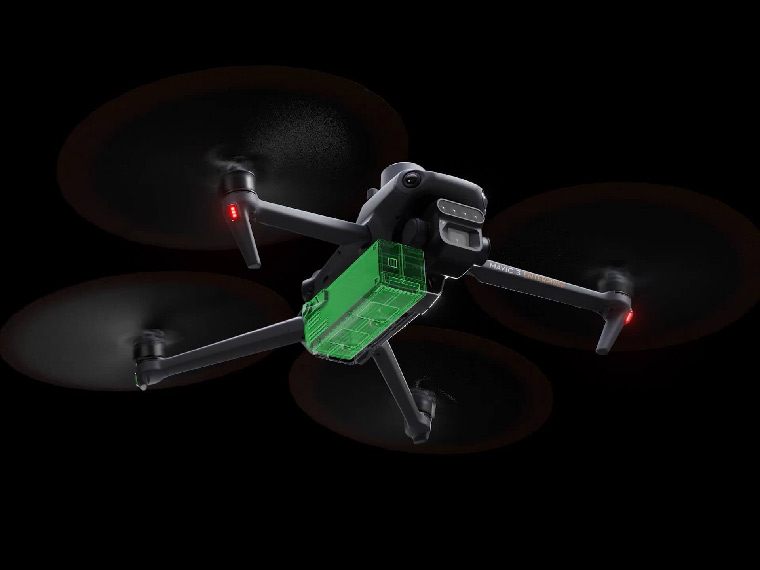
Efficient and reliable battery life
Ultra-long battery life, fast bursts
Cruise time 43 minutes [4]
A single flight can complete mapping operations over an area of 200 hectares [3]

Fast charging
100W Battery Charging Hub
High-efficiency fast charging
88W fast charging
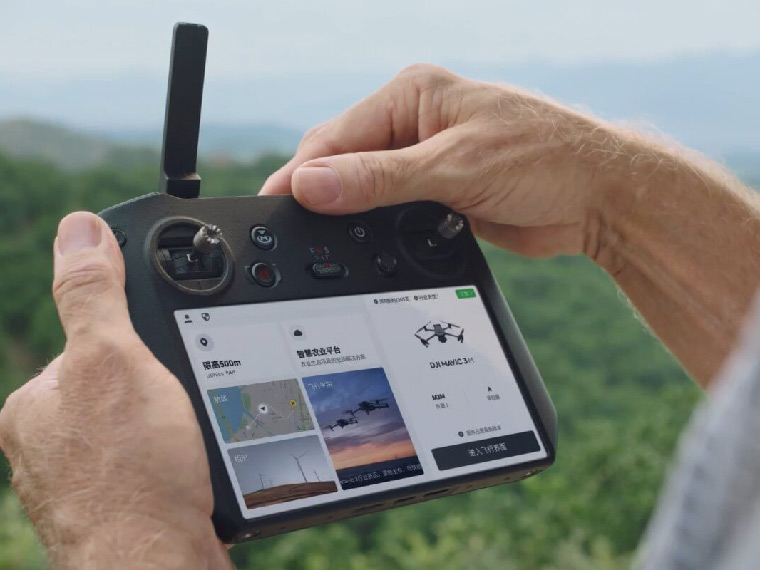
O3 Transmission System
The O3 transmission integrates two transmitting signals and four receiving signals.
Supports up to 15km ultra-long transmission distances.
Stable signal, smooth image transmission
Omnidirectional obstacle sensing [1], terrain-follow aerial surveying
The aircraft features multiple wide-FOV vision sensors that accurately detect obstacles in all directions for omnidirectional obstacle avoidance. The terrain-follow aerial surveying can be easily performed in steep-slope landscapes.
DJI Terra / DJI SmartFarm Platform [6] for Mapping and Smart Agriculture
Mavic 3M allows terrain-follow aerial surveying of orchards, even on sloped landscapes. Together with DJI Terra or DJI SmartFarm Platform [6] to reconstruct high-resolution orchard maps, automatically identify the number of trees, distinguish trees from other obstacles or objects, and generate three-dimensional operation routes for agricultural drones, making operations safer and more efficient.
DJI SmartFarm Platform
For rice fertilization, cotton growth regulation, and potato foliar fertilizer spraying, the Mavic 3M is used to obtain multi-spectral images of crops. DJI Terra or the DJI SmartFarm Platform [6] can then generate NDVI and other vegetation indices maps, capturing differences in crop potential and generating prescription maps that allow agricultural drones to execute variable-rate application. This ultimately allows users to reduce costs, increase yield, and protect the environment.
1. DO NOT fly in severe weather conditions, such as in strong winds (wind speeds of 12 m/s or more), snow, rain, or lightning.
DO NOT fly in areas that are 6,000 meters or higher above sea level.
DO NOT fly the aircraft in environments where the temperature is below -10° C (14° F) or above 40° C (104° F). DO NOT take off from moving objects, such as cars and ships.
DO NOT fly close to reflective surfaces, such as water or snow. Otherwise, the vision positioning system may not work properly.
When the GNSS signal is weak, fly the aircraft in environments with good lighting and visibility. The vision system may not work properly in poor light conditions.
Be aware of flight safety when flying near sources of electromagnetic interference. Common sources of electromagnetic interference include high-voltage power lines, high-voltage transmission stations, radar stations, cell phone base stations, broadcast towers, Wi-Fi hotspots, routers, and Bluetooth devices.
2. The 15km transmission distance can only be achieved under the FCC standard when measured in an outdoor environment without interference. The SRRC standard is adopted in mainland China, and the furthest transmission distance is 8 km. The above data are the furthest communication distances for one-way, non-return flights under each standard. During flight, pay attention to RTH reminders in the DJI Pilot 2 App.
3. Specific test conditions: In a sunny environment without wind, the orthographic flight aerial photography is obtained with a flight speed of 15 m/s, a flight altitude of 217 m, a ground sampling distance (GSD) of 5.73 cm for visible and 10 cm for multispectral, a fore-and-aft overlap rate of 70%, and a side overlap rate of 60%.
4. Data was measured using a DJI Mavic 3M flying at a constant speed of 36 kph at sea level in a windless environment until 0% power remained. Data is for reference only. Please pay attention to RTH prompts in the DJI Pilot 2 app when flying.
5. Optional accessories. This service is not available in some countries. Please consult your local distributor for details. Do not install the DJI Cellular module when using a multispectral camera to capture data, in order to avoid blocking the intensity sensor.
6. The DJI Smart Agricultural Platform will be supported in Q2 of 2023. This service is not available in some countries. Please consult your local distributor for details. Do not install the DJI Cellular module when using a multispectral camera to capture data, in order to avoid blocking the intensity sensor.





